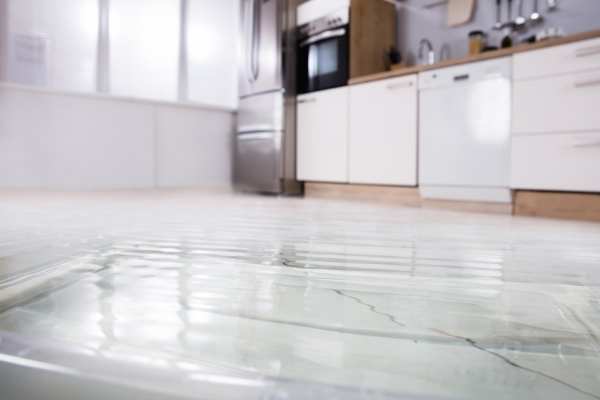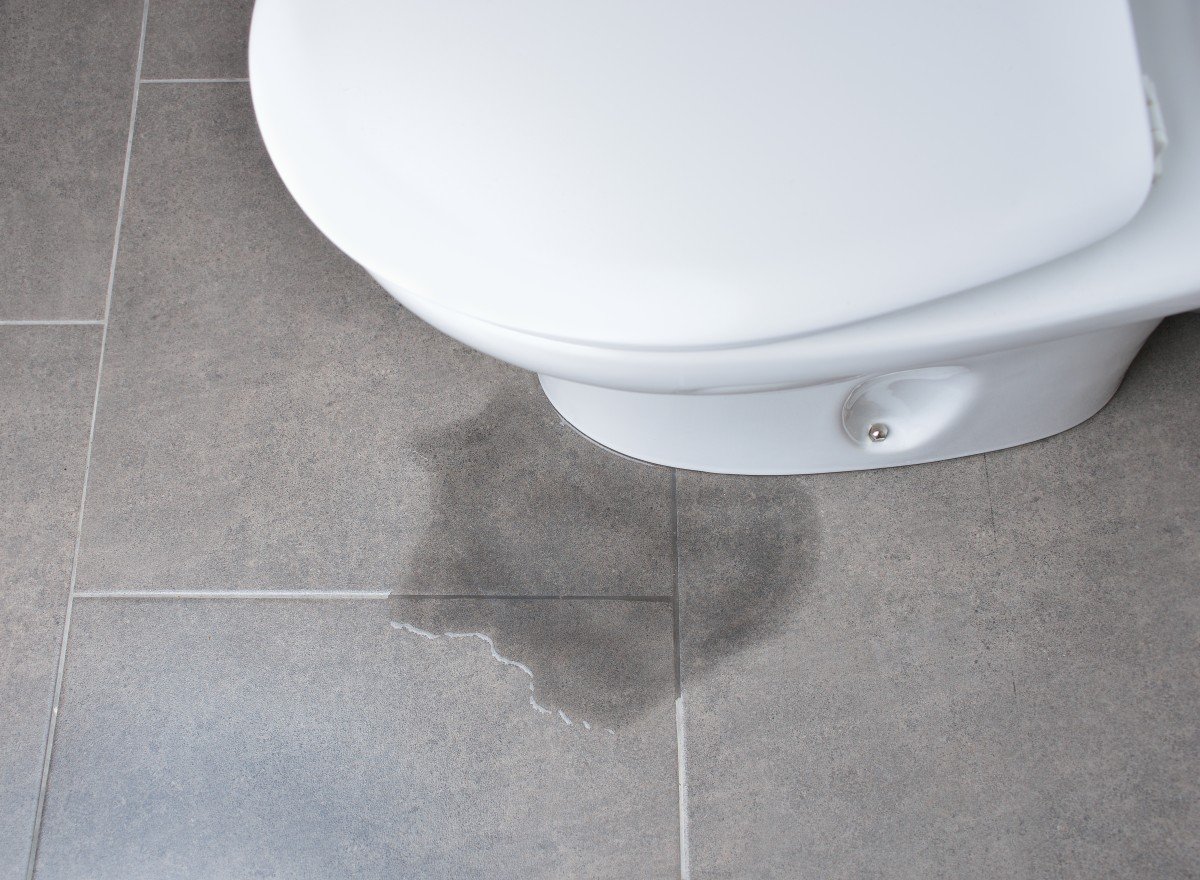What to Detect and Fix Water Leaks in the Bathroom: Expert Insights
What to Detect and Fix Water Leaks in the Bathroom: Expert Insights
Blog Article
We have come across this post relating to How to Detect and Fix a Bathroom Leak down the page on the web and accepted it made good sense to write about it with you over here.

Washroom leaks are frustrating as they disrupt your day's strategy. They differ in extent relying on the source of the leakage. You must prioritize them, as they can quickly worsen. So, it is a relief that a lot of shower room leaks are simple to spot and also fix, with very little expense effects.
Having a water leakage in restroom can be stressful to the homeowner. Yet taking care of the leak comes to be a simple problem if you recognize what to do. So, this short article is critical as a house overview to taking care of a water and also detecting leak in restroom. It does not change the demand for specialist knowledge. The short article works as a "emergency treatment" when you require an emergency reaction to a water leak in washroom.
Discovery and Repair Work of Water Leakage in Washroom
Water leak in restroom generally results from plumbing and pipeline faults. You may need a standard expertise of these leakage types to identify the water leak in shower room.
Dash Leaks
These commonly result from water splashing on the bathroom floor from the bathtub. It damages the bathroom flooring and also may create rot to wood floorings as well as restroom doors.
What to Do
This washroom leak is the simplest to take care of. You only require to replace the drapes or recaulk the bathtub or shower. You might need to change these to avoid more damage if the leakage has actually damaged the restroom flooring or door. The good news is that you can include a pipes specialist to help with the restroom fixing.
Commode Leaks
Sometimes, water leaks from the commode and also pools around the toilet base. It is an eyesore in the restroom and also requires punctual attention. Sometimes, it results from a loose link in between the container and the bathroom. This causes water to drip from the tank to the floor. It might additionally arise from splits in the toilet dish or a defective shut-off shutoff.
What to Do
You only require to tighten them if there are loosened screws between the cistern and also commode. Occasionally you might require to reapply wax on the gasket or call in a restroom leak specialist to change worn or broken components.
Clogged Washroom Sinks
Often, the water leakage in bathroom results from sink clogs. This is commonly an annoyance to home owners and may be undesirable. Obstructions may arise from the buildup of soap residue, hair particles, or particles that clog the drain. It is very easy to deal with blockages, and also you might not require specialist abilities.
What to Do
You can make use of a drainpipe serpent to remove the debris in the drainpipe as well as let the stagnant water circulation. Drain pipes cleansers are also available in stores as well as are easy to use. A plunger is likewise valuable in removing your drain. It is an usual home device and is available in handy in getting rid of bothersome obstructions in sinks and drains.
Conclusion
Water leaks in the bathroom are avoidable occasions in the home. Maintenance and also routine checks aid to keep everything in good shape. Yet, you can never ever be too cautious, and also these occasions still happen. When they do, fix them quickly, or involve the solutions of an expert.
The post serves as a "very first help" when you need an emergency situation reaction to a water leakage in restroom.
Water leakage in bathroom typically results from pipes and pipe mistakes. You might require a basic expertise of these leak kinds to detect the water leakage in restroom. It harms the bathroom floor and might trigger rot to wood floors as well as washroom doors. In some cases, the water leak in shower room results from sink blockages.
Tricks for Locating a Water Leak in Your Bathroom
Run a Test Using Your Water Meter
One of the clearest indications of a leak in your household is if there’s a sudden unexplained increase in the water bill. For the most part, your water usage shouldn’t change too much from month to month, so a sudden surge is a surefire warning sign.
For further evidence of a leak, Bob Vila recommends this simple test. First, "turn off all the water faucets in your home, and make sure the washing machine and dishwasher are not running." Go to your water meter and look over the reading. After two hours, see if there is a change in the reading. If there is, you've definitely got a leak on your hands and it may be coming from your bathroom!
Test The Toilet
Toilets are among the leading culprits when it comes to unexplained leaks. The rubber stopper (knowns as the flapper) that separates the tank from the bowl can become brittle over time, creating a leak. If you have a toilet that periodically runs on its own for a few seconds, this is probably why.
To confirm your suspicions, put a couple of drops of food coloring into the tank of the toilet. Return after a few minutes and check the bowl. If the dye has entered the bowl, then there’s a leak that should be repaired.
Check for Water Damage to The Walls and Ceilings
If you have a leak emanating from an upstairs bathroom, one of the first things you’ll notice is water damage on the ceiling of the room below. Watermarks and discoloration are clear indicators of leaks, but you might also notice flaking or peeling paint.
Remember: Water doesn't always follow predictable routes. So if you see water marks on the walls, those could also be the result of a leaky upstairs bathroom.
Be Aware of Musty Odors
When it comes to bathroom leaks, the nose often knows best. An undetected leak can go on for quite some time, resulting in the ideal conditions for mold and mildew. Mold has an unpleasant odor and is a sign that your home could be suffering from significant water damage. It’s also a health hazard, especially for those who suffer from respiratory illnesses and allergies, so it's important you have it remedied as quickly as you can.
Inspect Bathtub and Shower Seals
You might not see any leaks or notice any obvious signs of water damage, but it’s important that you look for gaps between the seals surrounding your shower, bathtub, and walls. These kinds of leaks may require extensive renovations if they’re not repaired promptly.
Any presence of moisture on the seals is indicative of a problem, as is peeling or bubbling paint on the bathroom walls. If you have vinyl flooring, be cognizant of curling or bubbles and soft spots in the wood beneath.
https://www.waterdamagerestorationaz.com/locating-bathroom-water-leak-tricks

I recently found that blog posting on Leaking Bathroom Repair Expert while exploring the internet. Are you aware of anybody else who is serious about the subject? Be sure share it. I truly appreciate reading our article about How to Detect and Fix a Bathroom Leak.
Plumbing insights available. Report this page